Oops, forgot to let our followers here know that we released 0.87.1 last week! This version includes a fix for a small bug that crept into 0.87.0 that prevented syncing of weightlifting workouts on Garmins.
But the bigger news is that we also managed to get reproducible builds at F-Droid in place in time for this release!
As usual, more details in our blog post: gadgetbridge.org/blog/release-…
![Questions for The Matrix Unconference Pub [quizzz]](https://fedi.ml/photo/preview/640/712627)



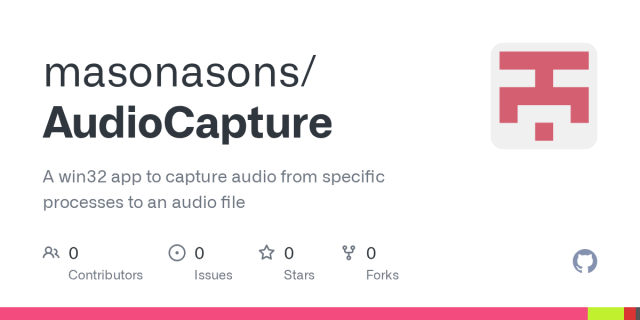








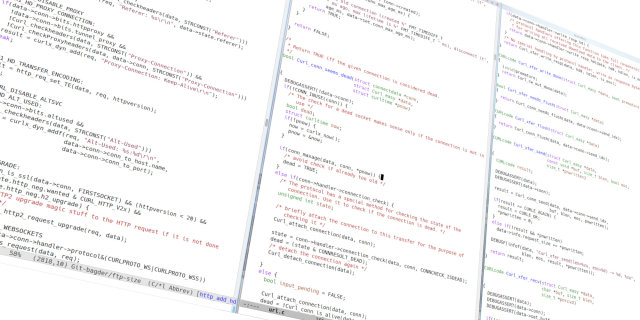

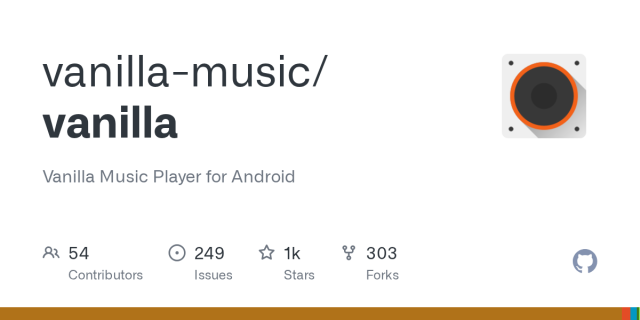






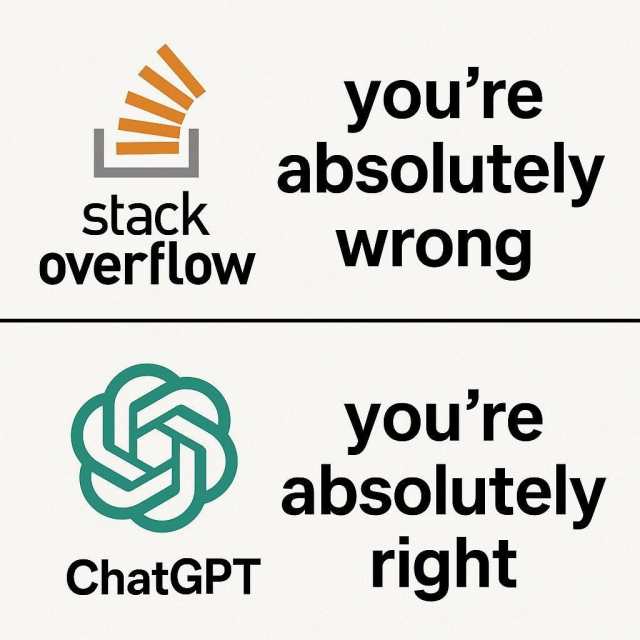
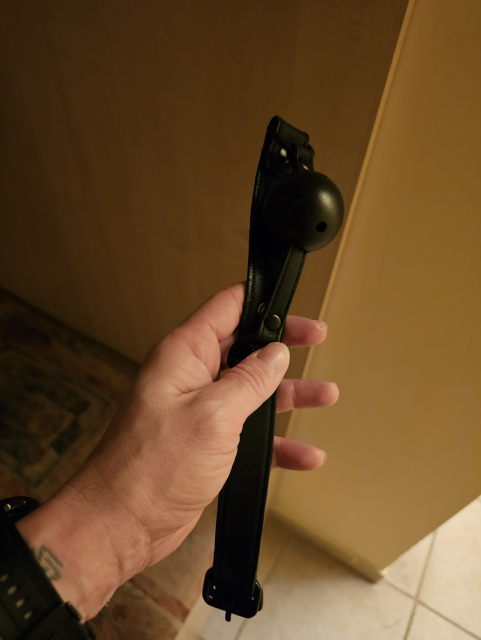
Sylvia
in reply to Gadgetbridge • • •You mention that you're publishing both your self-signed and the F-Droid signed build on F-Droid? Do you have more details about how that works and what you had to do to set that up?
I've wanted to have Catima be RB on F-Droid without breaking existing updates for quite a while, but I didn't really manage to make any progress when trying to talk to the @fdroidorg team, so I'd love to know how you got this working :)
Billie
in reply to Sylvia • • •@SylvieLorxu @fdroidorg
My apps (#TinyWeatherForecastGermany & #imagepipe) are reproducible on #izzydroid , but I never switched on #fdroid ...